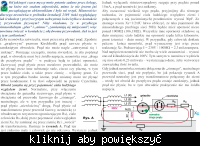Hello, I have a question, it's probably trivial, but I really have no idea ... 
how to check with an ordinary, small, cheap meter in the socket where the output is phase and which is zero ??
If I start quickly moving something metal in one hole and hear that the loudspeaker crackles and the other does not crackle anymore, does it mean that the first is phase on the second zero?
I don't have radiators
how to check with an ordinary, small, cheap meter in the socket where the output is phase and which is zero ??
If I start quickly moving something metal in one hole and hear that the loudspeaker crackles and the other does not crackle anymore, does it mean that the first is phase on the second zero?
I don't have radiators



